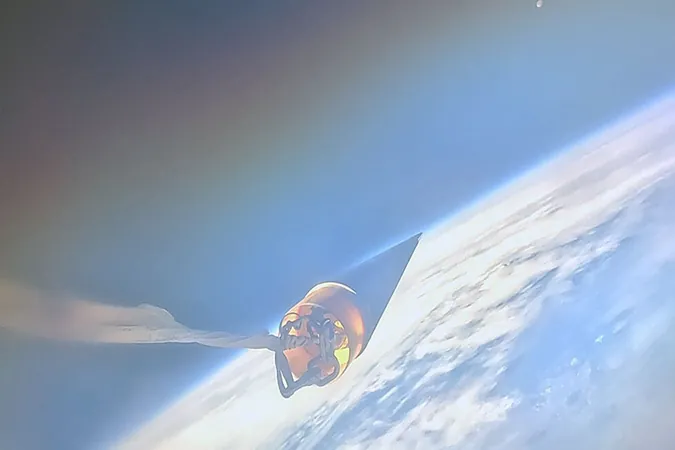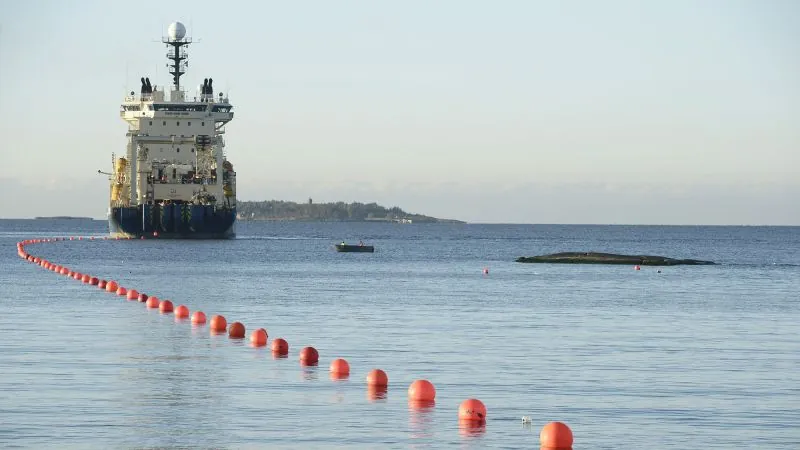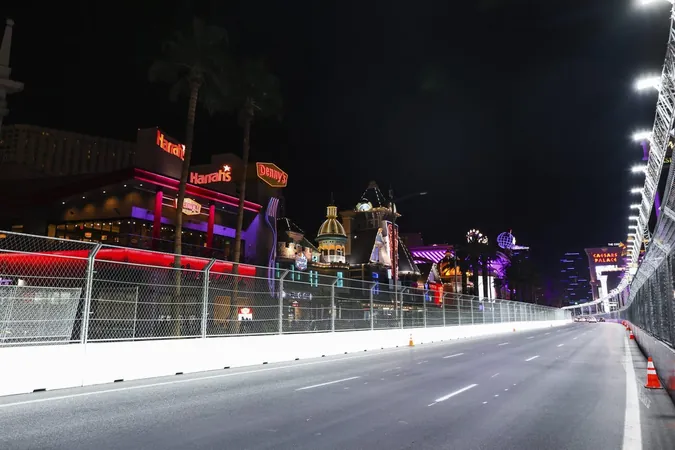
USC Students Soar to New Heights, Shatter Rocket Altitude Record!
2024-11-18
Author: Kai
USC Students Shatter Rocket Altitude Record
In a groundbreaking achievement that has sent ripples through the aerospace community, a team of students from the University of Southern California (USC) set a new world record for the highest altitude reached by a student-built, suborbital rocket. The marvel, named Aftershock II, rocketed to an astonishing altitude of 470,000 feet (143,256 meters) during its launch on October 20 from the remote Black Rock Desert in Nevada.
This impressive feat not only showcased engineering brilliance but also highlighted the students' determination and innovative spirit. Aftershock II reached speeds of 5,283 feet per second (1,610 meters per second), achieving a staggering Mach 5.5. This milestone marks Aftershock II as the first rocket not affiliated with a government or major private company to breach such heights, emphasizing the capabilities of independent teams.
Record-Breaking Launch
This groundbreaking launch surpassed the previous record, held by a rocket from the Civilian Space Exploration Team, which reached 380,000 feet (115,825 meters) in 2014 – meaning Aftershock II beat that record by a remarkable 90,000 feet (27,432 meters).
Legacy of Innovation
The USC Rocket Propulsion Laboratory (USCRPL) has a reputation for pushing boundaries; in 2019, they made history by launching a rocket beyond the Kármán Line—the widely recognized boundary marking the beginning of outer space, situated at about 62 miles (100 kilometers).
Celebrating Achievement
Regarding this latest achievement, Yannis Yortsos, dean of USC’s Viterbi School of Engineering, celebrated the team’s remarkable journey. “For two decades, the USC Rocket Propulsion Laboratory has transformed dreams of countless Viterbi undergraduate students into reality. It’s thrilling to witness how they have shattered not only their own global student record but also set a precedent for amateur teams across the globe,” he stated.
Innovations in Rocketry
Aftershock II stands tall at 13 feet (3.9 meters) and boasted significant upgrades from its predecessor, the Traveler IV. Among the enhancements were a cutting-edge avionics unit, improved safety features, and a robust thermal protection system designed to withstand the extreme conditions of hypersonic flight. Ryan Kraemer, the executive engineer of USCRPL and a mechanical engineering student, emphasized the complexity of their task, stating, “Addressing thermal protection needs at hypersonic speeds represents a major challenge even for professional engineers. The innovative paint system we developed performed exceedingly well, allowing the rocket to return largely intact.”
A Bright Future Ahead
With this launch, the USC students have not only raised the bar for student projects but have also shown that independent teams can achieve extraordinary milestones in rocket engineering. Dan Erwin, chair of the USC Department of Astronautical Engineering, remarked on the project's ambitious nature: “This is an exceptionally ambitious project not only for a student team but for any non-professional group of rocket engineers.”
As the private aerospace sector grows, this achievement serves as a reminder of the power of innovation and determination from the ground up. The future of space exploration looks bright, with more aspiring rocket engineers aiming for the stars and raising expectations for their peers and the industry. Could this be just the beginning of unprecedented advancements in amateur rocketry? Stay tuned as these students continue to make history!


 Brasil (PT)
Brasil (PT)
 Canada (EN)
Canada (EN)
 Chile (ES)
Chile (ES)
 España (ES)
España (ES)
 France (FR)
France (FR)
 Hong Kong (EN)
Hong Kong (EN)
 Italia (IT)
Italia (IT)
 日本 (JA)
日本 (JA)
 Magyarország (HU)
Magyarország (HU)
 Norge (NO)
Norge (NO)
 Polska (PL)
Polska (PL)
 Schweiz (DE)
Schweiz (DE)
 Singapore (EN)
Singapore (EN)
 Sverige (SV)
Sverige (SV)
 Suomi (FI)
Suomi (FI)
 Türkiye (TR)
Türkiye (TR)